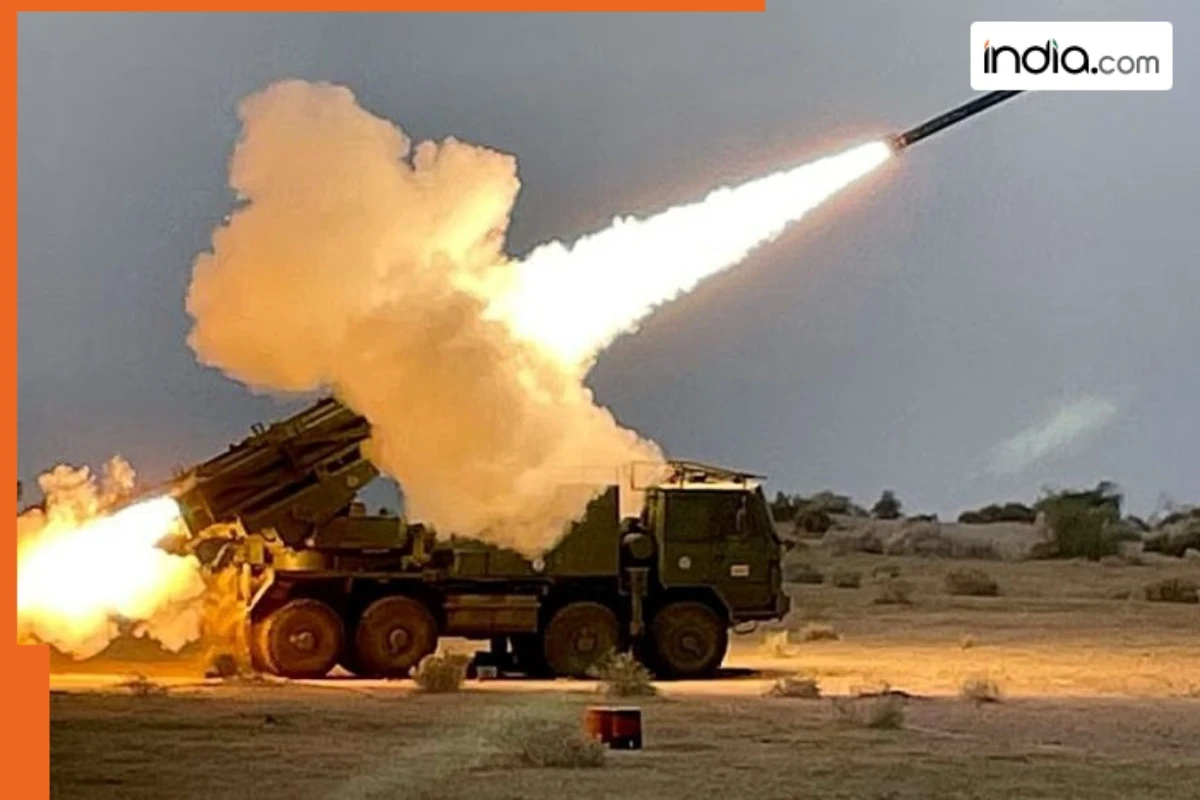New Delhi: After Operation Sindoor, India’s indigenous weapons are being praised all over the world. The latest proof of this is the increasing international demand for the state-of-the-art guided Pinaka rocket system developed in India.
According to a report, countries like Saudi Arabia, Vietnam and Indonesia have shown keen interest in the Pinaka rocket. Earlier, Armenia has bought Pinaka rockets from India. This shows that the reputation and reliability of Indian weapon technology has increased significantly around the world.
What makes Pinaka special?
The real strength of the Pinaka rocket system is its many uses. Its lethal capability is hidden in its modern technology. It is a multi-barrel rocket launcher system (MBRL), which can fire 12 rockets at a time and a complete battery system can drop 1 ton of explosives on enemy territory in a few seconds. Its guided version, Guided Pinaka, gives it more accuracy and range. Now this system can carry out satellite-guided strikes up to a distance of more than 75 km.
What are Pinaka’s features?
The GPS-based guidance, inertial navigation and warhead of the Pinaka rocket make it effective in all types of warfare, whether conventional or asymmetric. This is the reason why many countries are looking at it as a cheap but reliable long-range artillery strike capability. After export to Armenia, countries like Saudi Arabia, Vietnam and Indonesia have shown interest in this rocket system.
If this deal with Saudi Arabia, Vietnam and Indonesia is finalized, then it will give India’s defense sector a chance to take a big leap. Many more countries will sign defence agreements with India in the coming times.
How much is the price?
The price of the guided Pinaka rocket system is much less than the US HIMARS system. The estimated cost of each guided rocket is around $56,000 (about Rs 4.6 crore), while the entire unit, which includes launcher, fire control, command post etc., costs between Rs 140 and 150 crore. The cost of a regiment is estimated to be around Rs 850 crore, which includes six launchers and supporting systems. It has been jointly developed by DRDO and Solar Industries.
